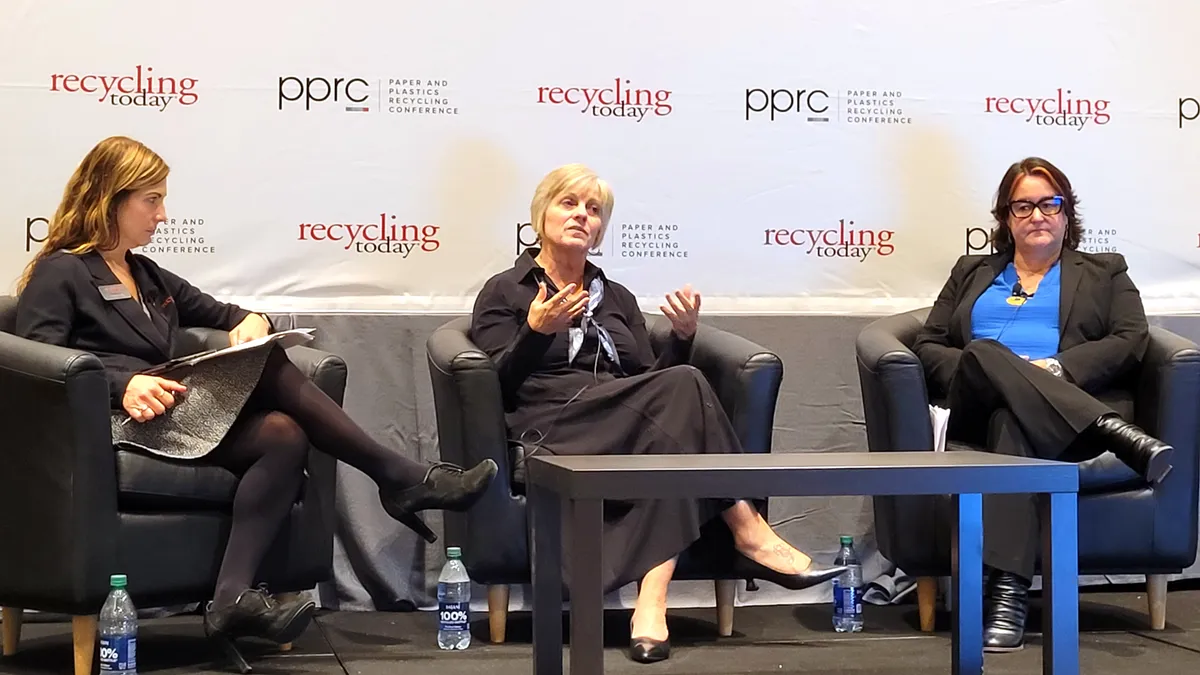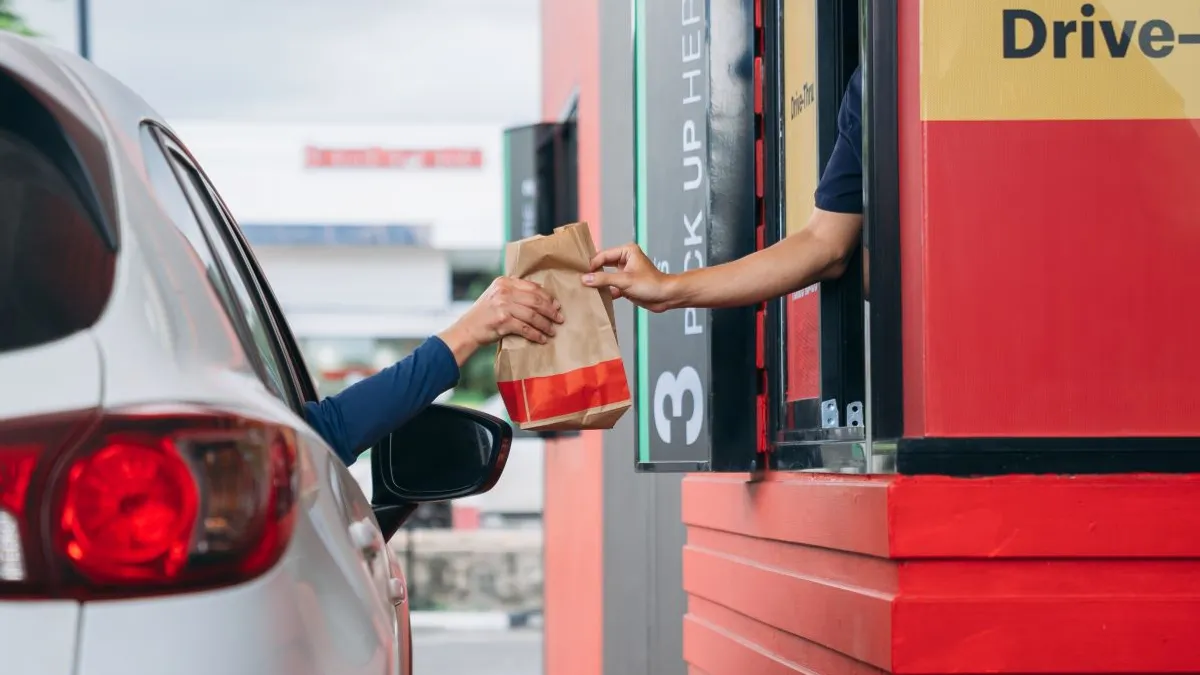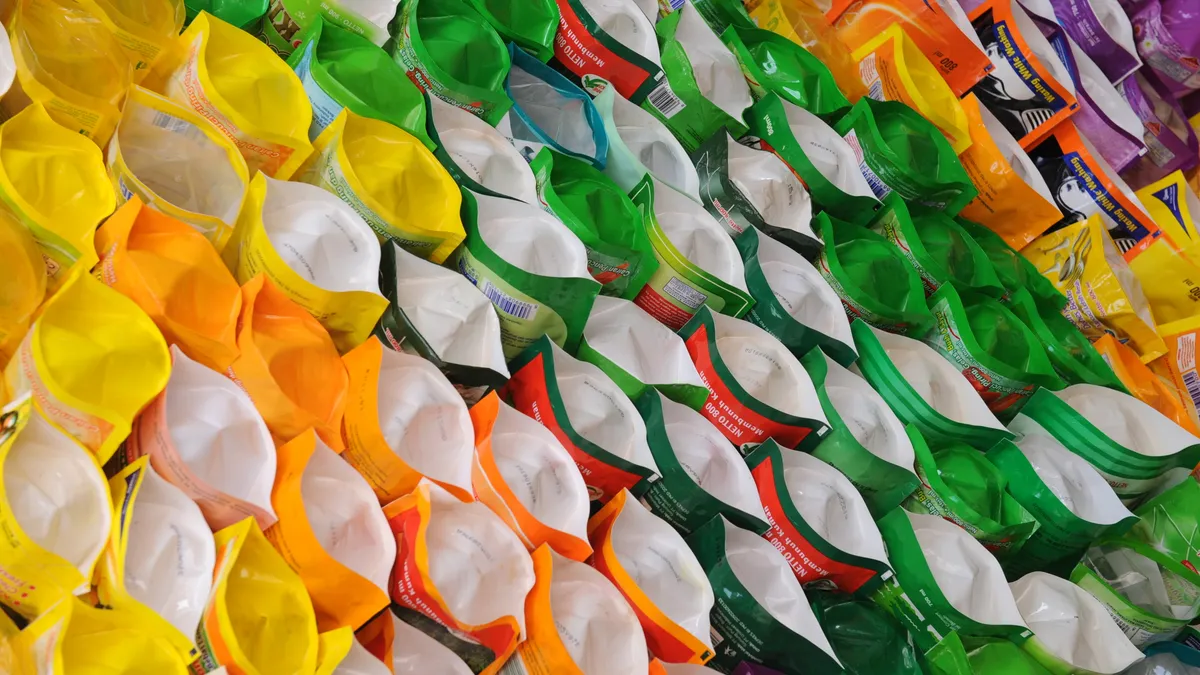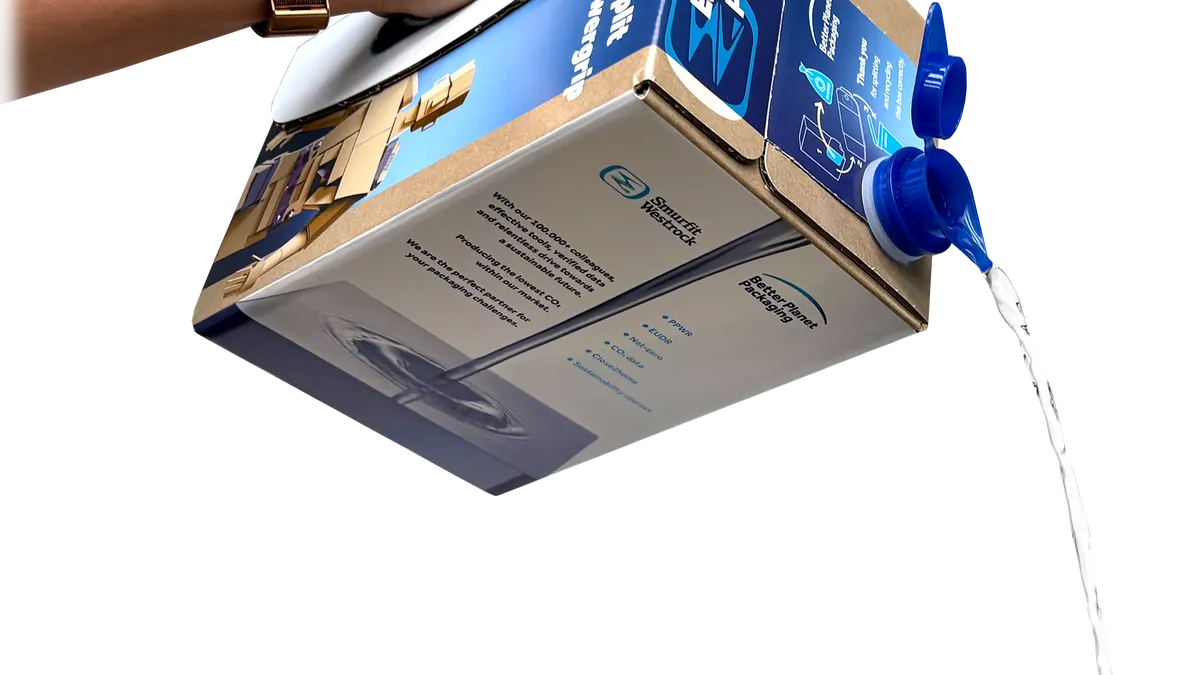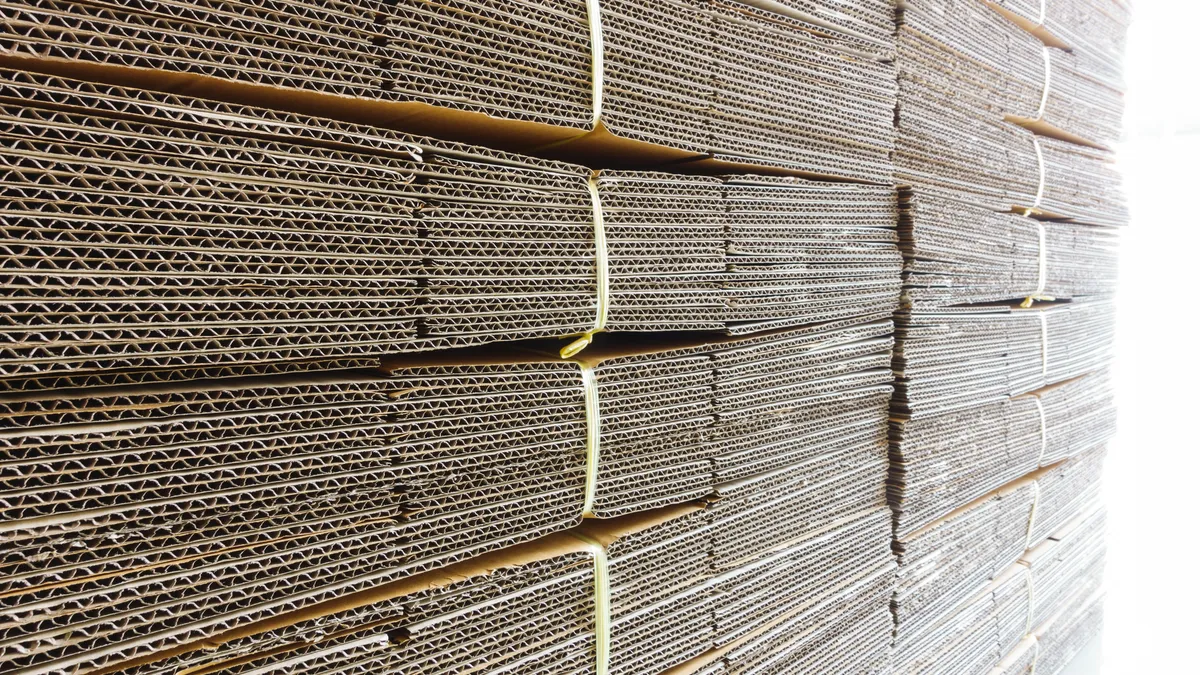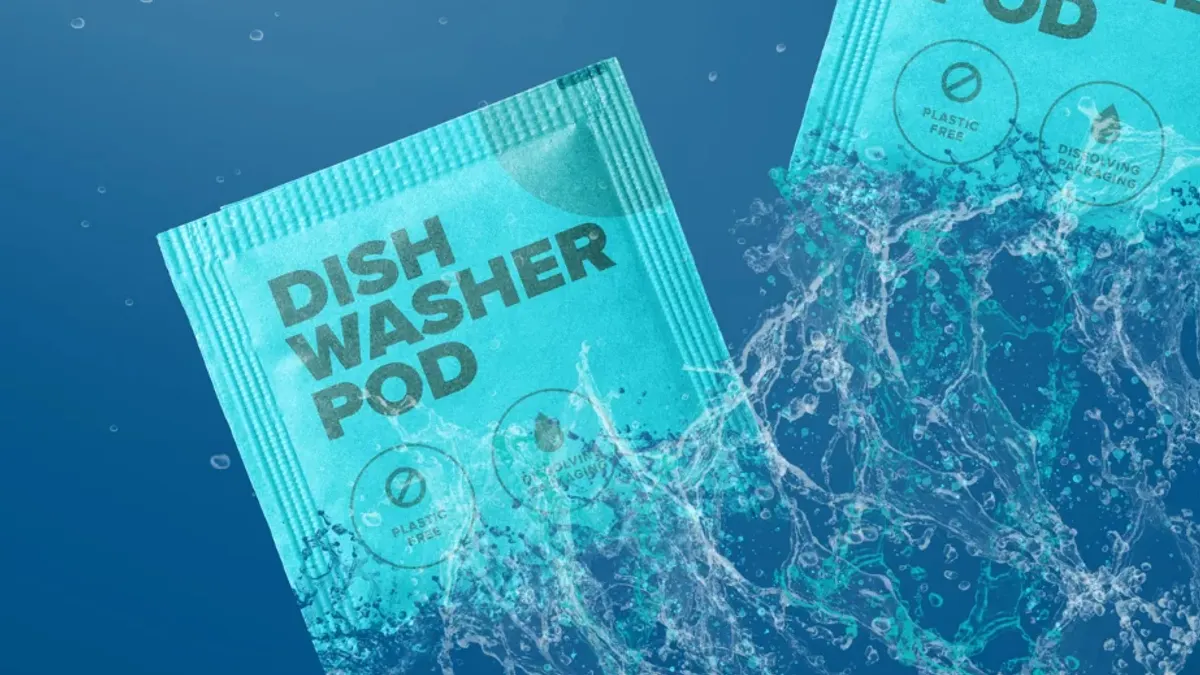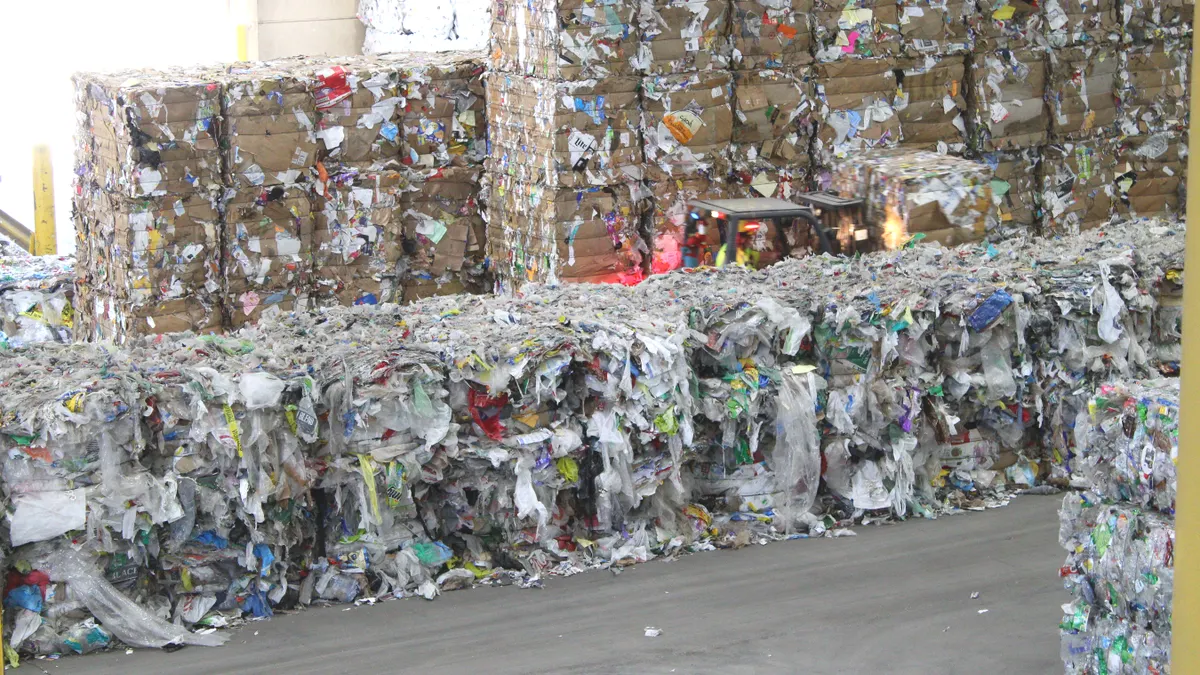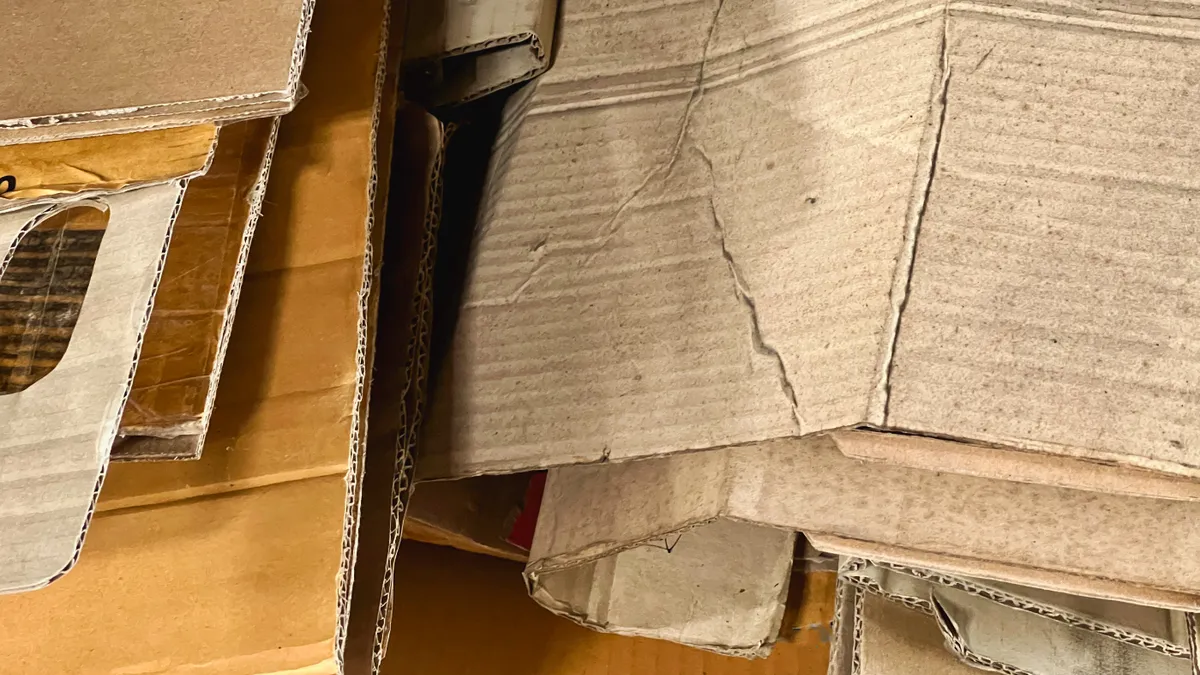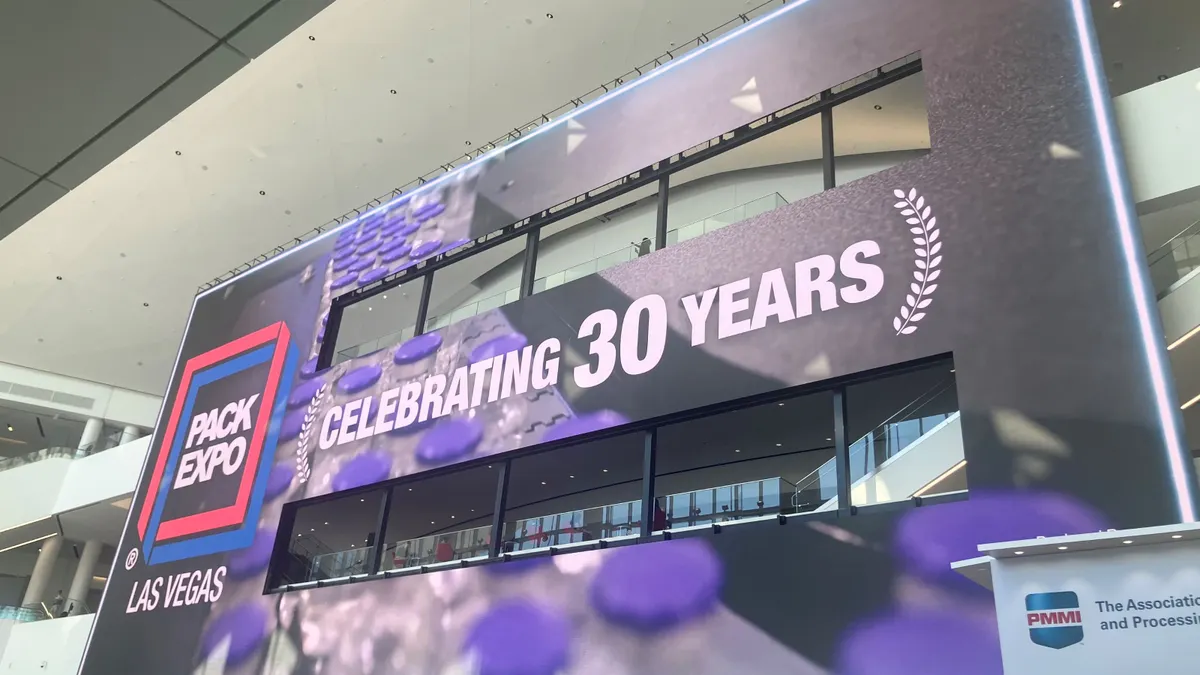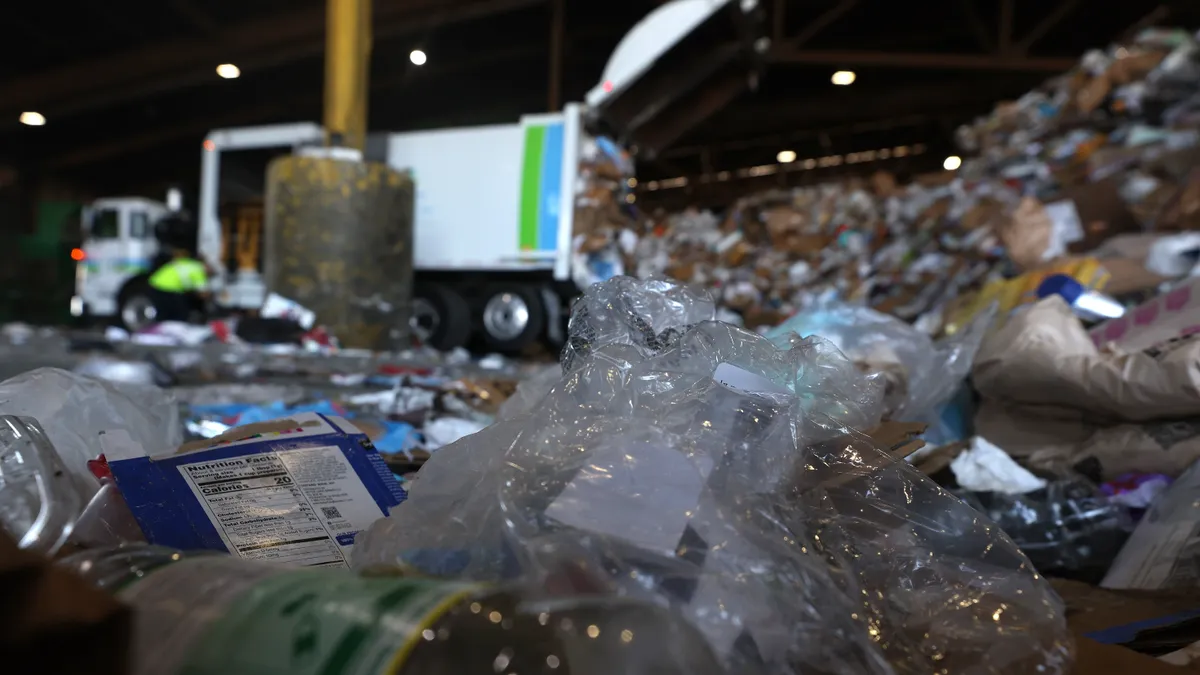Brands want to include more recycled content in products and packaging, yet recycled PET bale prices softened over the past year. Reclaimers partially blame inflation and believe brand commitments and extended producer responsibility for packaging laws will turn that trend around, according to speakers at the Paper and Plastics Recycling Conference in Chicago this month.
“If people are not buying the same things that they bought a year ago ... that's definitely impacting the market,” said Lori Carson, new market development manager at rPET manufacturer Phoenix Technologies International. “We see [brands] planning, we see these targets for 2025 and 2030, but we don't see quite the movement as fast as we thought we would” for brands incorporating rPET into their packaging.
Another challenge is that the market is far more global than in the past and is influenced by a broader array of factors. Plus, the rPET price is still tied to that of virgin resin, which has declined.
“I think that it can’t ever be totally decoupled because it is a substitute material,” Carson said. “We believe — at least in the short term — the supply will be tighter than the demand is, and that will force its own market.”
Yet speakers said they anticipate recycled content demand to grow as additional brand commitments and regulatory policies materialize to advance sustainable packaging initiatives.
“That's going to move the needle in terms of what the demand for rPET should be. We see that market definitely growing,” said Hannah Martinez, head of sustainability and advocacy for the Americas at PET producer Indorama Ventures.
When asked about bale supply and demand dynamics, both speakers indicated their companies haven’t struggled to meet current rPET demand. Indorama is “just part of the value chain” and its suppliers are the balers, while “we’re a supplier to the brands. So we also have to create that supply and demand,” Martinez said.
“We’re all interdependent on each other to achieve” recycled content goals, she said, also noting that Indorama has had the capacity to create more recycled content for a while, but it but wasn’t working to capacity until recently when recycled content requirements in packaging became a significant market trend.
Regulations are expected to further influence the marketplace in the coming years, both on the demand and supply sides. For example, one of Indorama’s largest plants, in Texas, primarily gets its feedstock from California, Martinez said. The company only receives material from California’s bottle deposit program at the moment, but as the state implements its EPR scheme material also will become available from curbside collection programs.
Phoenix purchases nearly all curbside bales, so material quality varies, especially depending on which MRF supplied the material. Building a connection with MRFs and working with them to produce cleaner, more desirable material is important, Carson said.
“They really want to make what you want to buy. But you’ve just got to tell them what that is,” she said. “It's more challenging when the economics in the market are hot, because many MRFs are just trying to keep moving, just trying to keep producing something, just trying to keep their people employed.”
Speakers agreed that the domestic PET recycling rate, which is hovering around 28%, needs to increase in order to bump up supply. That involves greater consumer recycling participation, which requires not only improved access to recycling but also better recycling educational campaigns from players across the value chain. All the elements combined can result in greater consistency, which boosts bale quality.
“Consistency and access kind of go hand in hand,” Martinez said. “Education is critical because if you have a system without education then it doesn't work; if you have education without a system then it's frustrating.”
Efforts by the Foodservice Packaging Institute and others to expand the recycling of thermoforms, a category with a 9% recovery rate in the U.S., is another way to boost the overall PET recycling rate.
“It's very much in its infancy, but it is happening and we deal with some MRFs that do separate out thermoforms,” Carson said. Still, thermoform resin makeup can be slightly different than other PET grades, “so it's really hard for us to include it in bottle flake,” she said.
Speakers expect that increases in brand commitments to use PCR, and EPR requirements for PCR in packaging, will improve rPET demand in the next couple years and lead to more long-term supply contracts. Phoenix sees “much more incentive to get in the market, stay in the market and [figure out] how we are going to accomplish what we want to do over the next five to 10 years,” Carson said. “The goals are no longer two-year goals and three-year goals, but five-year goals and 10-year goals.”
Accomplishing such goals also will likely prompt further rPET market evolutions, speakers said.
“The closer we get to the brands’ goals, I think the more we're going to see in terms of the market dynamics changing — in terms of more investments in infrastructure, more investments in passing legislation,” Martinez said. “And that's going to be guaranteed work for [us] at least for the next several years.”



